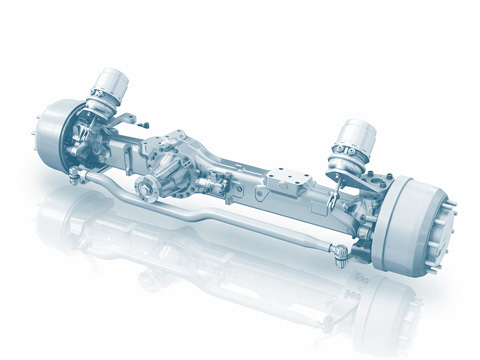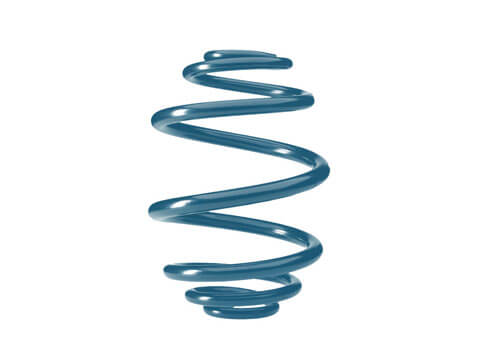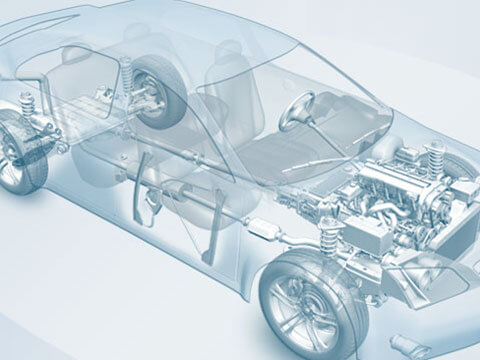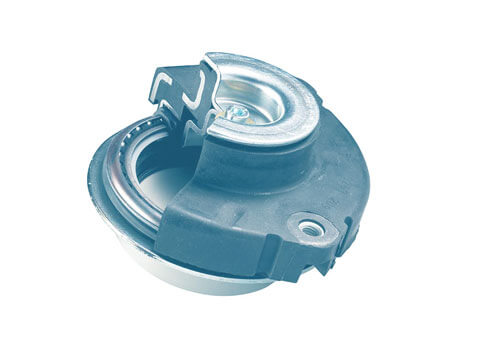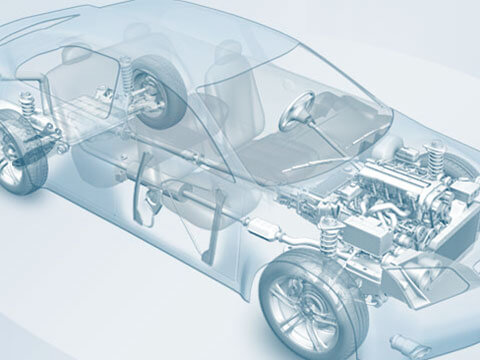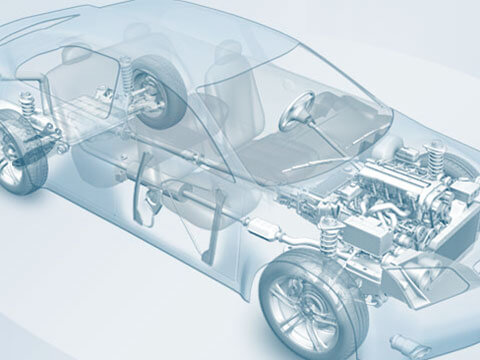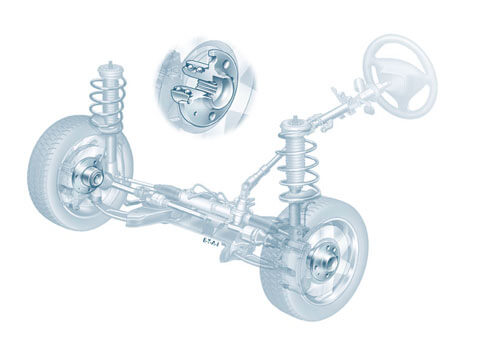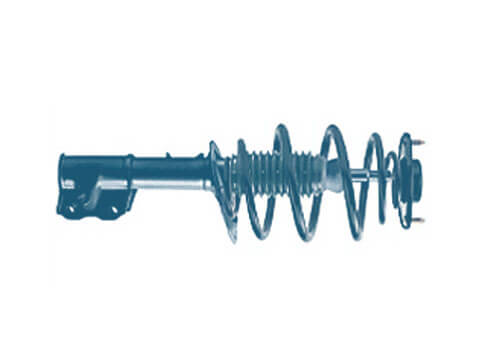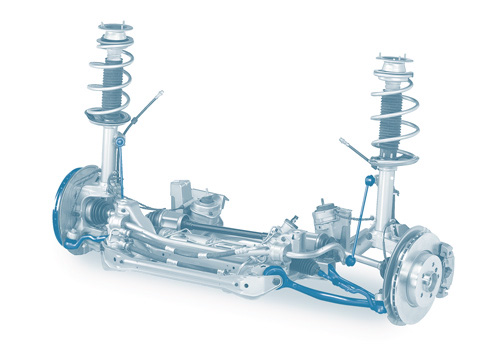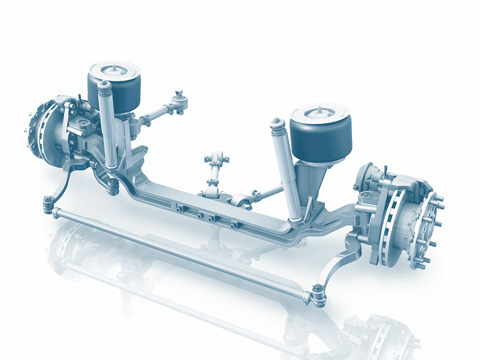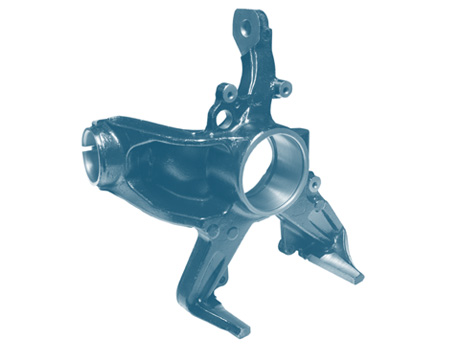Rigid axle
The wheel suspension is the link between a vehicle’s body and its wheels. Alongside independent suspension and torsion-beam axles, rigid axles are among the most important construction types. Rigid axles are used in commercial vehicles and off-road vehicles due to their robust construction. In cars, they have been almost entirely superseded by independent suspensions (link: independent suspensions).
Function
The wheel suspension establishes the connection between the wheels and the vehicle’s body and transfers all forces and torques between the wheels and the bodywork. On rigid axles, the wheels on each axle are rigidly connected to each other by means of the axle bridge. Here, the connection can be either sprung or unsprung. On driven axles, the axle bridge also accommodates the axle transmission. The advantages of rigid axles particularly include the good compensation of the forces experienced when starting off and braking, not to mention the constant ground clearance of the axle beam when the suspension is compressed. Conversely, its disadvantages are the high unsprung masses, the large amount of space required by the axle bridge when it flexes and the reciprocal interference of all wheels on one single axle.
Safety
The wheel suspension is instrumental in ensuring safe driving characteristics and thus for passenger safety. A malfunction or failure in one of the components of the wheel suspension can have severe consequences for the road safety of the vehicle concerned. To prevent dangers from developing, it is important to ensure that only trained personnel work on the chassis. They should regularly inspect and test all components. The use of products from well-known OE suppliers is mandatory.
Value retention
State-of-the art technologies are used in modern vehicles. These guarantee a long service life. In turn, this helps to stop a vehicle’s value depreciating.
Protection of the environment
The use of permanently lubricated joints conserves resources and stops pollution of the environment caused by excess lubrication.

